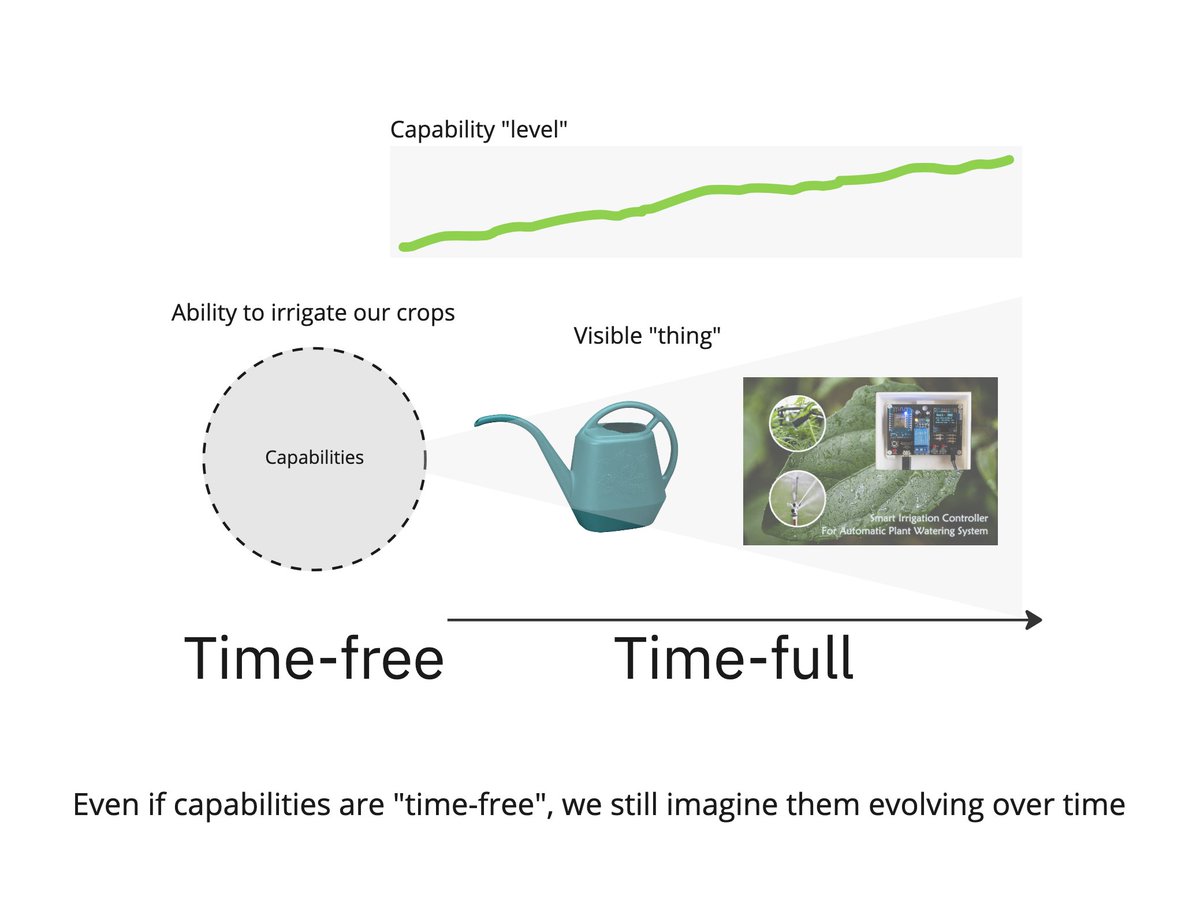Some quick tips for change agents
1/10: Coworkers may be very concerned and supportive in private, but that doesn't mean they can (or will) take risks publicly. And you need to be OK with this.
Take strength from their private support, but realize they may not be able to help.
1/10: Coworkers may be very concerned and supportive in private, but that doesn't mean they can (or will) take risks publicly. And you need to be OK with this.
Take strength from their private support, but realize they may not be able to help.
2/10: People like to solve their own problems! We all do. So when someone (you) comes around and says "oh that's easy, do this!" that may be welcome...or may be unwelcome.
Try not to steal their joy of figuring it out. Harness that!
(PS: maybe you'll learn from them)
Try not to steal their joy of figuring it out. Harness that!
(PS: maybe you'll learn from them)
3/10: Change is always happening. It just might not be change you like (or how it to happen). This is important because by observing how change does actually happen, we can fine-tune our approach (and it tells us what the system values)
Who has figured out how to make progress?
Who has figured out how to make progress?
4/10: Don't underestimate the time you've invested in understanding a topic (or framework, or approach). What seems to "make logical sense" to you, is likely the byproduct of lots of immersion and research.
You can't expect someone to "just get it". Be patient.
You can't expect someone to "just get it". Be patient.
5/10: Sometimes our own needs are not being met. Maybe we’re bored. Maybe we’re looking to work to fill a void. Instead of looking inwards, we channel that energy into a convenient crusade at work. Try to be aware of when this is happening.
Get clear with yourself first.
Get clear with yourself first.
6/10: Watch for repetitive conversations with no forward progress. Especially backchannel conversations. If it isn't moving after a bit, it likely will never move.
These conversations have a way of draining your energy and focus. Let them go if you can.
These conversations have a way of draining your energy and focus. Let them go if you can.
7/10: You are probably part of the problem (maybe a small part, but still a part). This is a hard one to admit, especially when we self-identify as the fixer of a problem. But there's likely something you're doing that contributes.
Take a good look inwards.
Take a good look inwards.
8/10: If you've put the foundation in place, sometimes it takes a catalyst to finally turn things around. It is easy to lose hope when -- despite your best efforts -- things fail to budge. But timing (and external events) are a huge factor.
Lay the foundation! Then wait.
Lay the foundation! Then wait.
9/10: Any "common sense" problem still in place is probably not common or simple. By treating it as simple/straightforward, you risk diminishing people and their challenges (and coming off as a jerk).
Challenge your own bias to believe the problem is cut and dry.
Challenge your own bias to believe the problem is cut and dry.
10/10: Be ready to walk away. Whether you can actually leave the company or chose (or are forced) to remain and detach... know that you can walk away literally or metaphorically.
Holding this power makes you a more effective change agent.
Holding this power makes you a more effective change agent.
• • •
Missing some Tweet in this thread? You can try to
force a refresh















